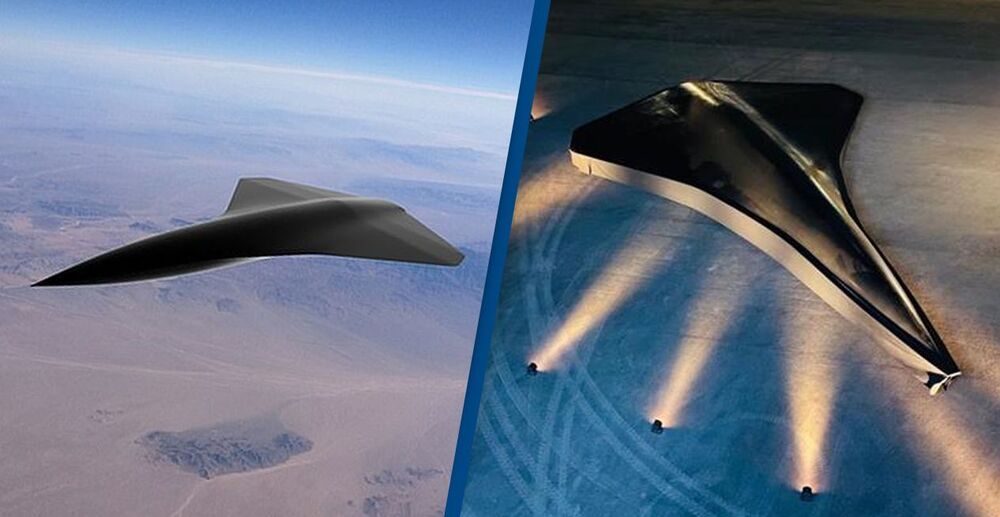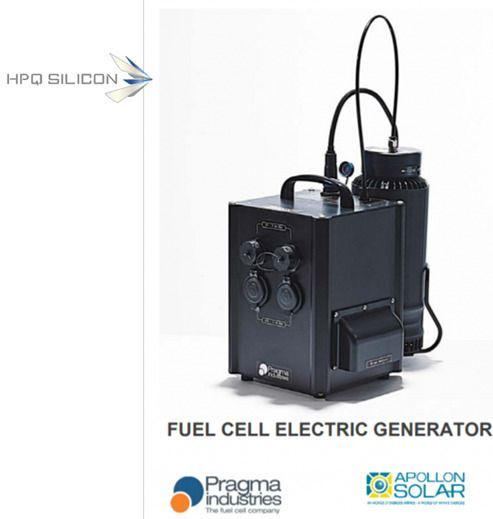In AI-generated animations, faces that were once frozen in time blink, turn their heads and even smile.



Researchers to develop automated tools that aid analysts as they tackle the looming rise of automated multimodal media manipulation.
Today we announced the SemaFor research teams that are developing #AI tools to help detect & understand media manipulations @Kitware @LifeAtPurdue @SRI_Intl @UCBerkeley @Google @nvidia @AccentureFed @nyuniversity @LockheedMartin https://www.darpa.mil/news-events/2021-03-02 https://twitter.com/DARPA/status/1366845060915073024/photo/1

Contracts have been awarded to @GeneralAtomics, @LockheedMartin, and @northropgrumman for the new LongShot project to develop an air-launched unmanned air vehicle that can employ multiple air-to-air weapons. https://ddmdraft.darpa.mil/news-events/2021-02-05b https://twitter.com/DARPA/status/1358872906680442880/photo/1
The Wyss Institute’s eRapid electrochemical sensor technology now enables sensitive, specific and multiplexed detection of blood biomarkers at low cost with potential for many clinical applications.
The Wyss Institute for Biologically Inspired Engineering at Harvard University (http://wyss.harvard.edu) uses Nature’s design principles to develop bioinspired materials and devices that will transform medicine and create a more sustainable world. Wyss researchers are developing innovative new engineering solutions for healthcare, energy, architecture, robotics, and manufacturing that are translated into commercial products and therapies through collaborations with clinical investigators, corporate alliances, and formation of new startups. The Wyss Institute creates transformative technological breakthroughs by engaging in high risk research, and crosses disciplinary and institutional barriers, working as an alliance that includes Harvard’s Schools of Medicine, Engineering, Arts & Sciences and Design, and in partnership with Beth Israel Deaconess Medical Center, Brigham and Women’s Hospital, Boston Children’s Hospital, Dana–Farber Cancer Institute, Massachusetts General Hospital, the University of Massachusetts Medical School, Spaulding Rehabilitation Hospital, Boston University, Tufts University, Charité – Universitätsmedizin Berlin, University of Zurich and Massachusetts Institute of Technology.


It can exceed the speed of sound, hitting an astonishing Mach 2.1! 😲🤯
A new combat drone has been created that can hit speeds of more than 1500mph.
The drone is much bigger than the ones you’ll have seen floating around your local parks, however, and looks more like a small spaceship.
Created by Kelley Aerospace, the supersonic drone is made up of carbon fibre and is completely unmanned; it can exceed the speed of sound, hitting an astonishing Mach 2.

The 15-member commission calls a $40 billion investment to expand and democratize AI research and development a “modest down payment for future breakthroughs,” and encourages an attitude toward investment in innovation from policymakers akin that which led to building the interstate highway system in the 1950s. Ultimately, the group envisions hundreds of billions of dollars of spending on AI by the federal government in the coming years.
The National Security Commission on AI report makes recommendations ranging from 5G and China to immigration policy and civil rights.


Japanese space startup Gitai has raised a $17.1 million funding round, a Series B financing for the robotics startup. This new funding will be used for hiring, as well as funding the development and execution of an on-orbit demonstration mission for the company’s robotic technology, which will show its efficacy in performing in-space satellite servicing work. That mission is currently set to take place in 2023.
Gitai will also be staffing up in the U.S., specifically, as it seeks to expand its stateside presence in a bid to attract more business from that market.
“We are proceeding well in the Japanese market, and we’ve already contracted missions from Japanese companies, but we haven’t expanded to the U.S. market yet,” explained Gitai founder and CEO Sho Nakanose in an interview. So we would like to get missions from U.S. commercial space companies, as a subcontractor first. We’re especially interested in on-orbit servicing, and we would like to provide general-purpose robotic solutions for an orbital service provider in the U.S.”

Innovative silicon solutions provider HPQ Silicon Resources Inc. (“HPQ” or the “Company”), announced that it has received the TREKHY® system, a portable hydrogen-based mini-power generator, jointly developed by the French companies Apollon Solar SAS (“Apollon”) and Pragma Industries SAS (“Pragma”).
While continuing to work with Apollon on the development of new generations of more efficient silicon powders for hydrogen production, HPQ signed a Memorandum of Understanding with Apollon and Pragma to study the commercial potential of the TREKHY® autonomous power generator in Canada.
The TREKHY® provides energy on demand. The system uses a compact fuel cell to provide electrical power. The integrated fuel cell combines hydrogen and oxygen to provide useful electricity + H2O. Hydrogen is produced through a chemical reaction resulting from contact between water and a powder bag. Each bag delivers 30W of power for more than one hour. (Video of the system in operation). In January 2021, a Japanese distributor purchased 300 TREKHY® systems to equip the survival shelters of the Japanese Civil Security.